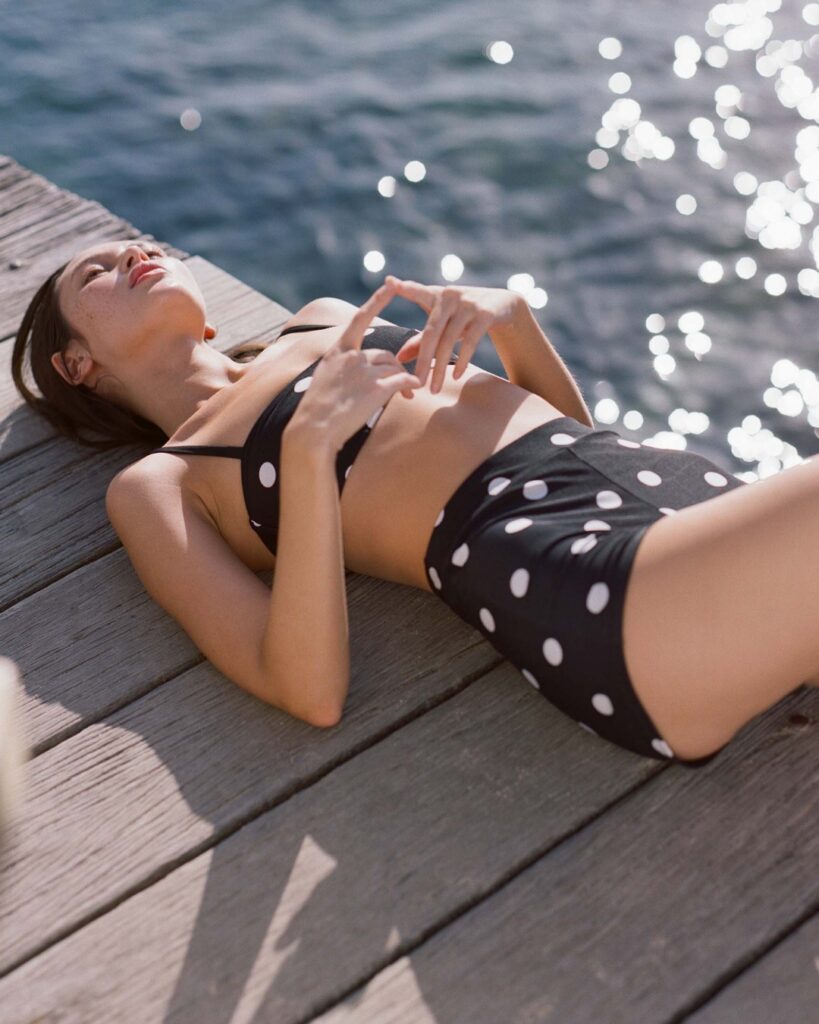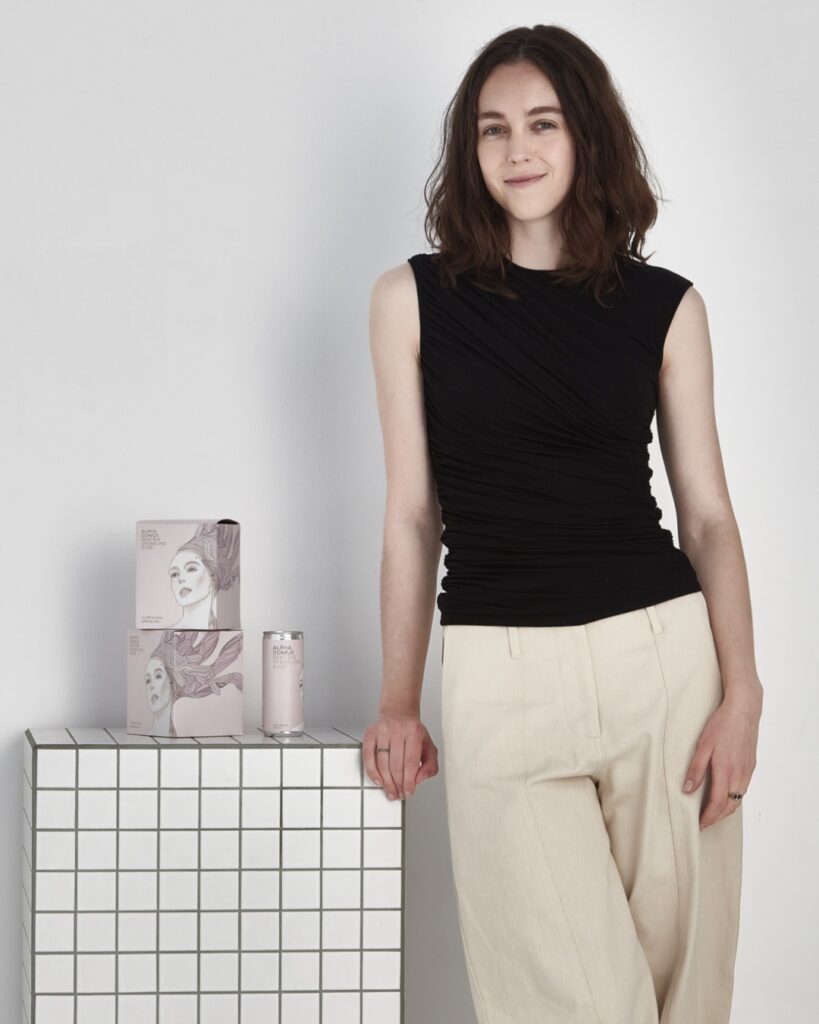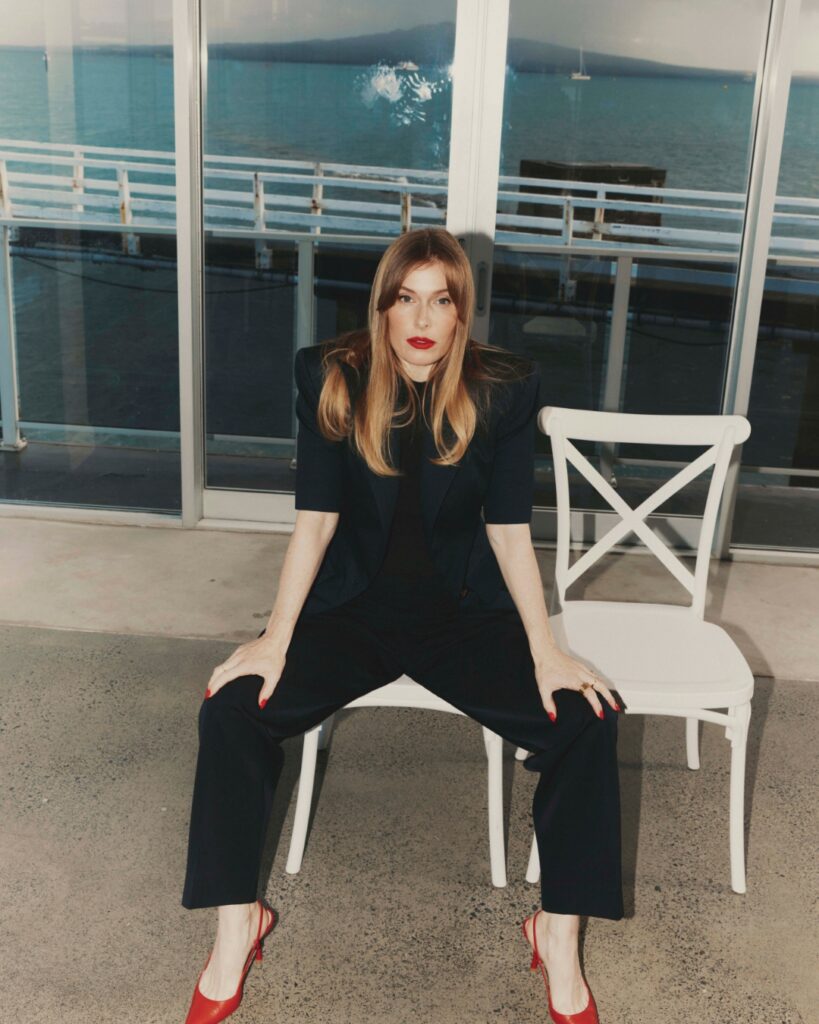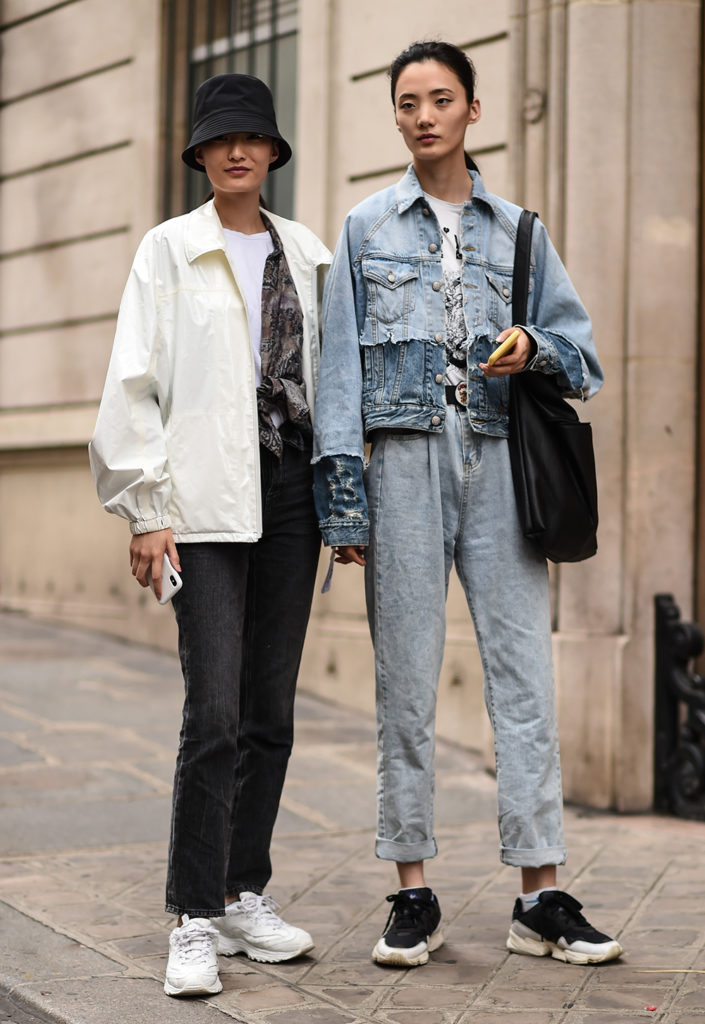
When traversing the tricky terrain of appropriate footwear, style-sanctioned sneakers may prove to be the great equaliser – at least for some, writes Elle Hunt.
The Japanese word for “shoe” is kutsu. The word for “pain” is kutsuu. And the hashtag for “Can’t I wear something with arch support?” is #KuToo.
The campaign to ban the requirement for women to wear heels at work was started earlier this year by 32-year-old actor Yumi Ishikawa. She had complained online about being made to wear 5-7cm high heels for her part-time job at a funeral parlour, often ending her shift with bleeding little toes.
Yumi’s subsequent Change.org petition – very politely headed “Please give women a choice to wear flat leather shoes” – has had 30,000 signatures, and sparked a nationwide debate in Japan about the “ideal working conditions for one’s feet”.
#KuToo campaigners have said forcing women to wear heels at work is akin to modern foot-binding; Japan’s health and safety minister, however, has sided with employers, arguing that it is not only “appropriate”, but “occupationally necessary”.
Reading of Yumi’s bloody toes, I felt intensely, bodily grateful for my own working conditions: an office culture where trainers are not only acceptable, but even vaguely fashionable. And not for the first time. Every morning, as I jam on my worn Stan Smiths, I offer up a silent prayer to Phoebe Philo: for what my feet are about to receive, I am truly thankful.
The former creative director of Céline ushered Adidas’ minimalist tennis shoes into the mainstream when she wore them to take her runway bow at Paris Fashion Week in 2011. Within five years, Stans were ubiquitous, and other styles – Nike Air Max, New Balance 574, even Vans, now Veja – had ascended in their wake.
At some point in the early 2010s, I noticed that my 60-something father, a Dress-Smart devotee; my younger sister, who split her time between Les Mills by day and Courtenay Place after dark; and I, were all identical, from the ankles down.
The sea change was noticeable, even working in journalism, where – for those not typically in front of a camera or in court – the dress code has broadly been “sneans” since long before it was fashionable.
(The costume director for Spotlight, the Oscar-winning film about investigative journalists at The Boston Globe, spoke of putting outlet store finds in the washing machine with a tennis ball to make them look worn and “unstylish, i.e. authentic”.)
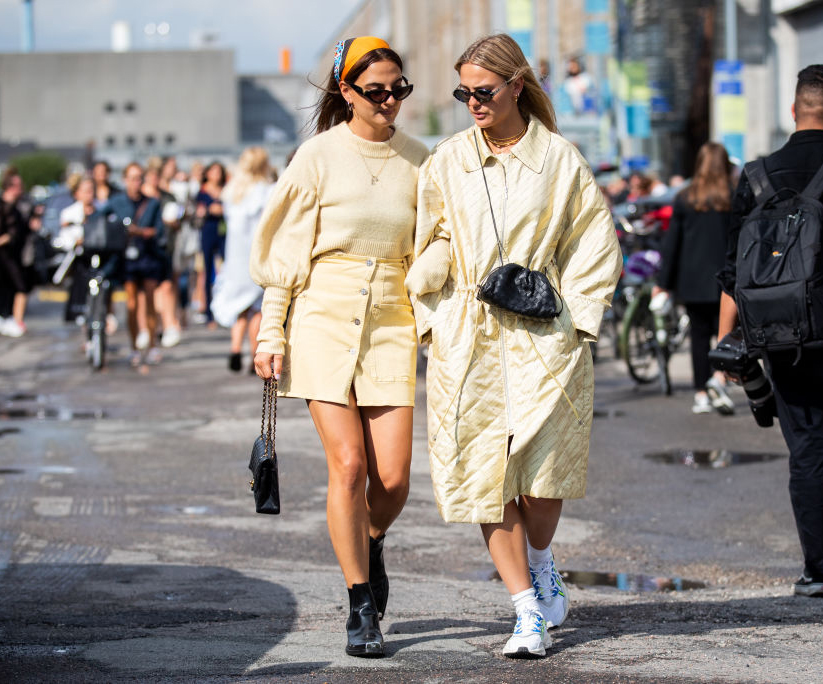
As recently as 2012, when I started in my first job as a reporter, women’s work-appropriate footwear was a choice between high heels – not too high; though whatever too high was, no one seemed able to tell you – and ballet flats, offering all the arch support of a cereal box.
For a long time, I grimly battled blisters and immobility to belong to the first group. I had grown up insecure about my very average height of 162cm: not so short as to be considered petite, but enough, I fretted, for dumpy. I fantasised about the difference even five centimetres would make.
“Cosmetic leg-lengthening surgery” could yield inches, I’d learned from late-night Googling, but even if you went to Russia for it, it would still be $12,000 per leg. And that wasn’t counting the cost of several months of physical therapy, learning how to walk again.
“In trainers I could run from danger, yes, but also towards joy.”
Compared to a procedure considered “akin to the medieval torture stretch rack”, heels were the more accessible option, and I was prepared to pursue it. I had internalised the messaging of The Devil Wears Prada and Sex and the City: that women who wore heels – “the clackers” – were polished, poised and desirable, with calf muscles like piano strings.
Flats were for quitters, and I was not a quitter. Heels, however, turned me into a baby giraffe: knock-kneed and splay-legged, essentially immobile on any uncertain terrain – which, in Wellington, is the only terrain.
I wobbled my way down Willis Street to work wearing daisy-print platforms from Chaos & Harmony, which prompted remarks from my colleagues that I took at the time to be compliments. With hindsight, I see that they were trying to warn me: you cannot work if you cannot walk, and they were right.
Still, slinking into Good As Gold a year or so later, to buy my first pair of trainers not for exercise, felt like admitting defeat. I had tried and failed at something other women seemed to find effortless.
Uncertain of how sneakers might fit in with my wardrobe of skirts and dresses, I made an almost ironic choice: a pair of New Balance 574s in ostentatious mint green mesh and suede.
At first I felt like I had navigation lights strapped to my feet. Soon enough, however, I didn’t care – not now that I could make a pedestrian crossing on a blinking light, or weave in between people insistent on walking three astride, or scale the Allenby Terrace steps. My new trainers had brought me back down to solid ground, and that felt liberating.
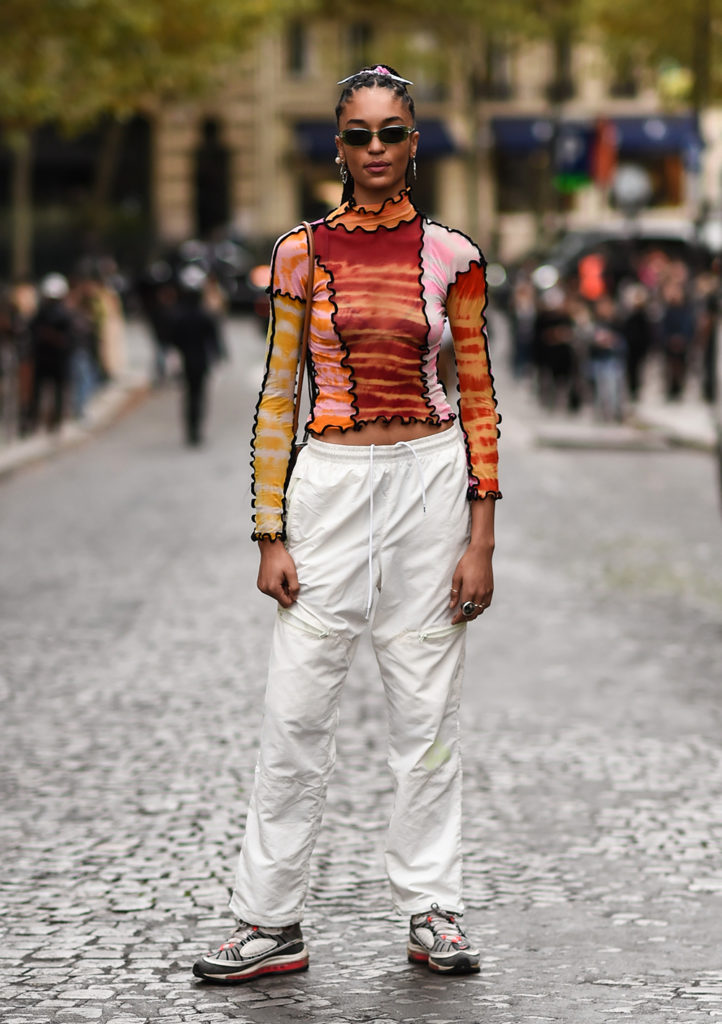
At around the same time, the British writer Caitlin Moran came under fire for writing that wearing heels left women vulnerable. Her critics said that the focus should be on stopping men from attacking women, not advising them on how to escape. I understood both positions, but Moran’s felt more true to life.
In trainers I could run from danger, yes, but also towards joy. These were shoes that I could live my life in, and all of it – even the uncertain terrain.
Eventually, life led me to a black sand beach, bringing about a premature end to the mint-green New Balances (advice to chuck dirty trainers in the washing machine, it turns out, does not apply to suede). I replaced them with my first Stan Smiths, which bit the dust after two years and a turbulent trip to India.
Each pair of trainers comes to embody a period of my life, so replacing them feels like farewelling one era and ushering in another. When it comes time to throw out my second Stans – and the hole in each sole suggests that it should be soon – I will be thanking them for their service, in the manner suggested by Marie Kondo.
When the day comes that Yumi Ishikawa is free to throw out her high heels, I suspect it will be more a case of goodbye, and good riddance.


